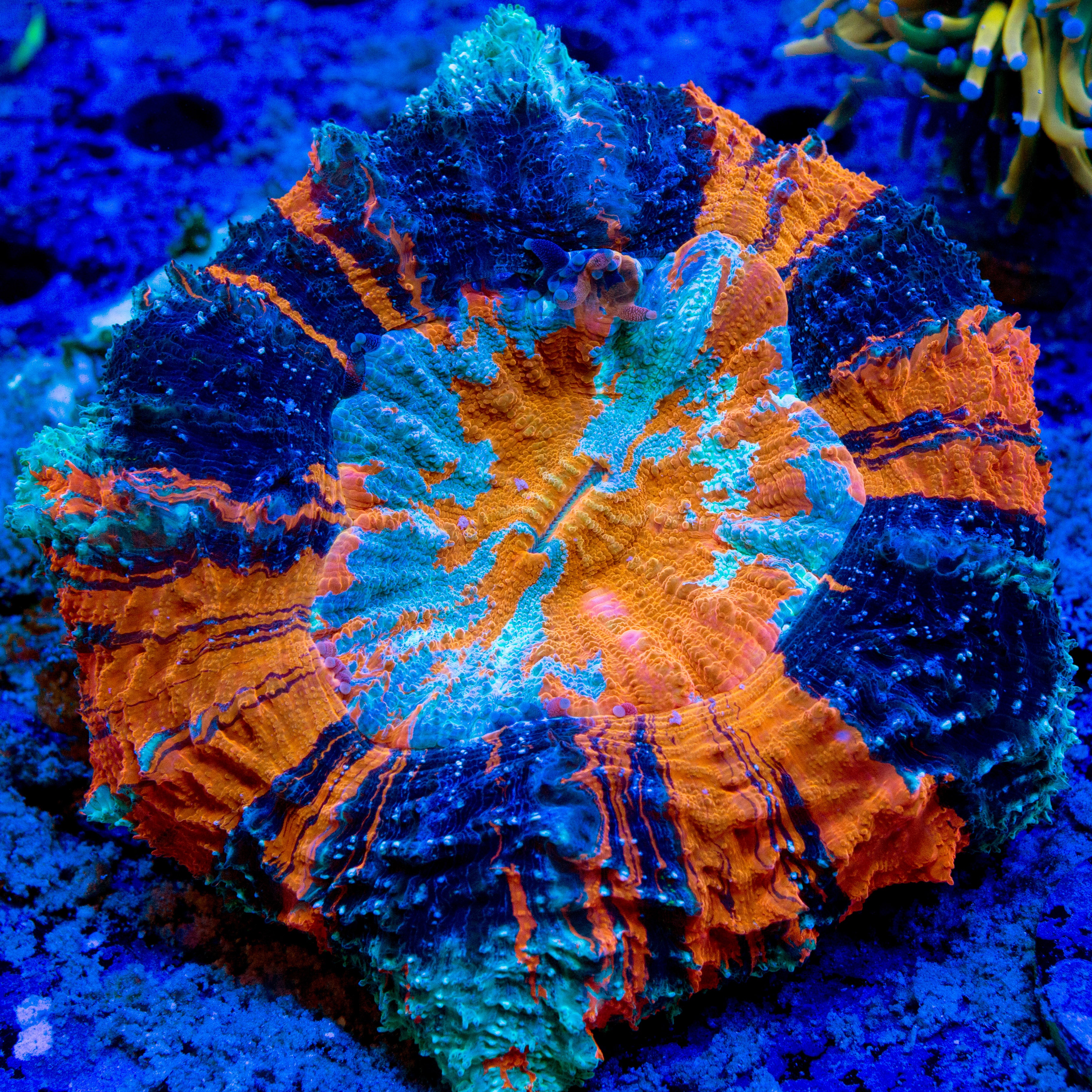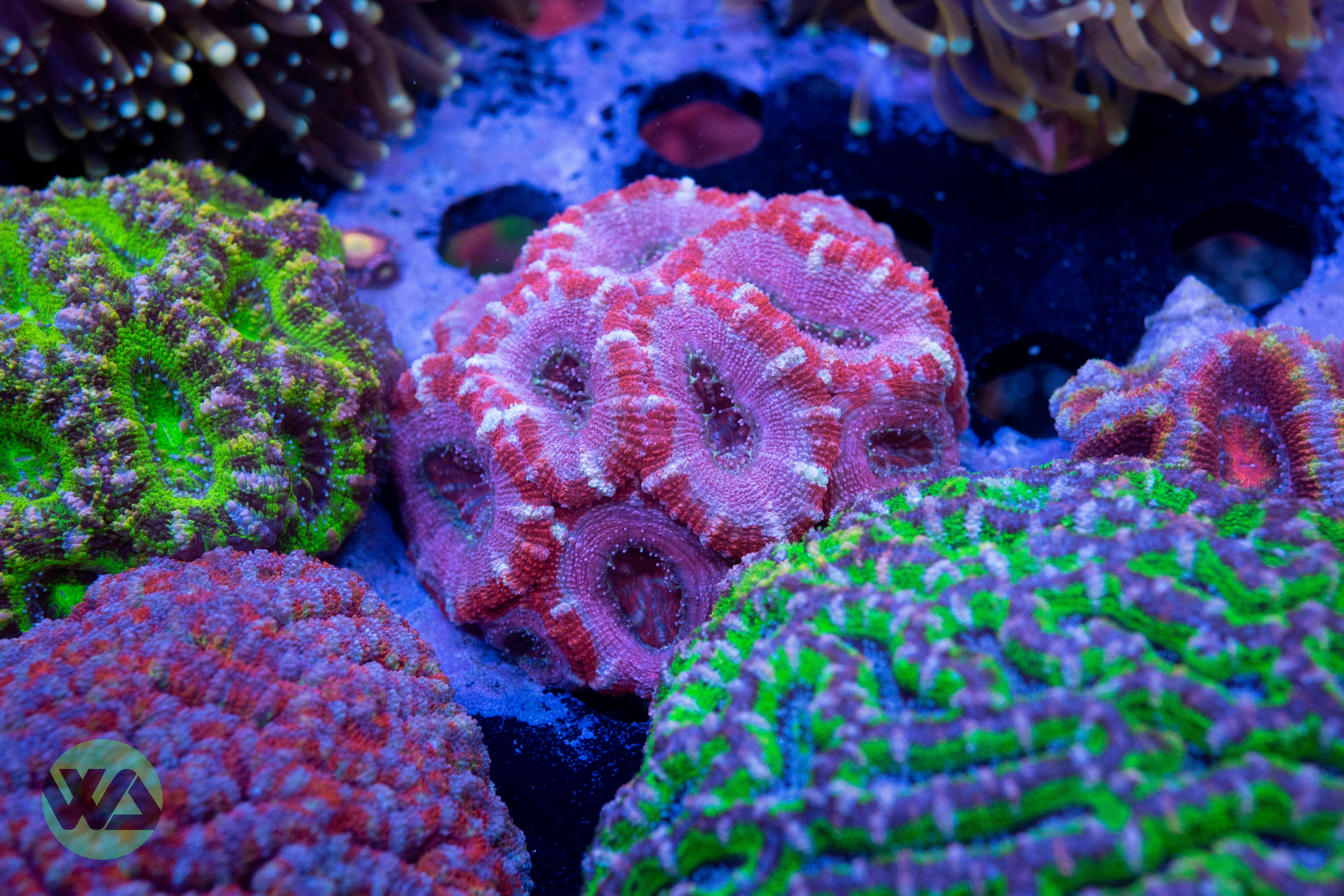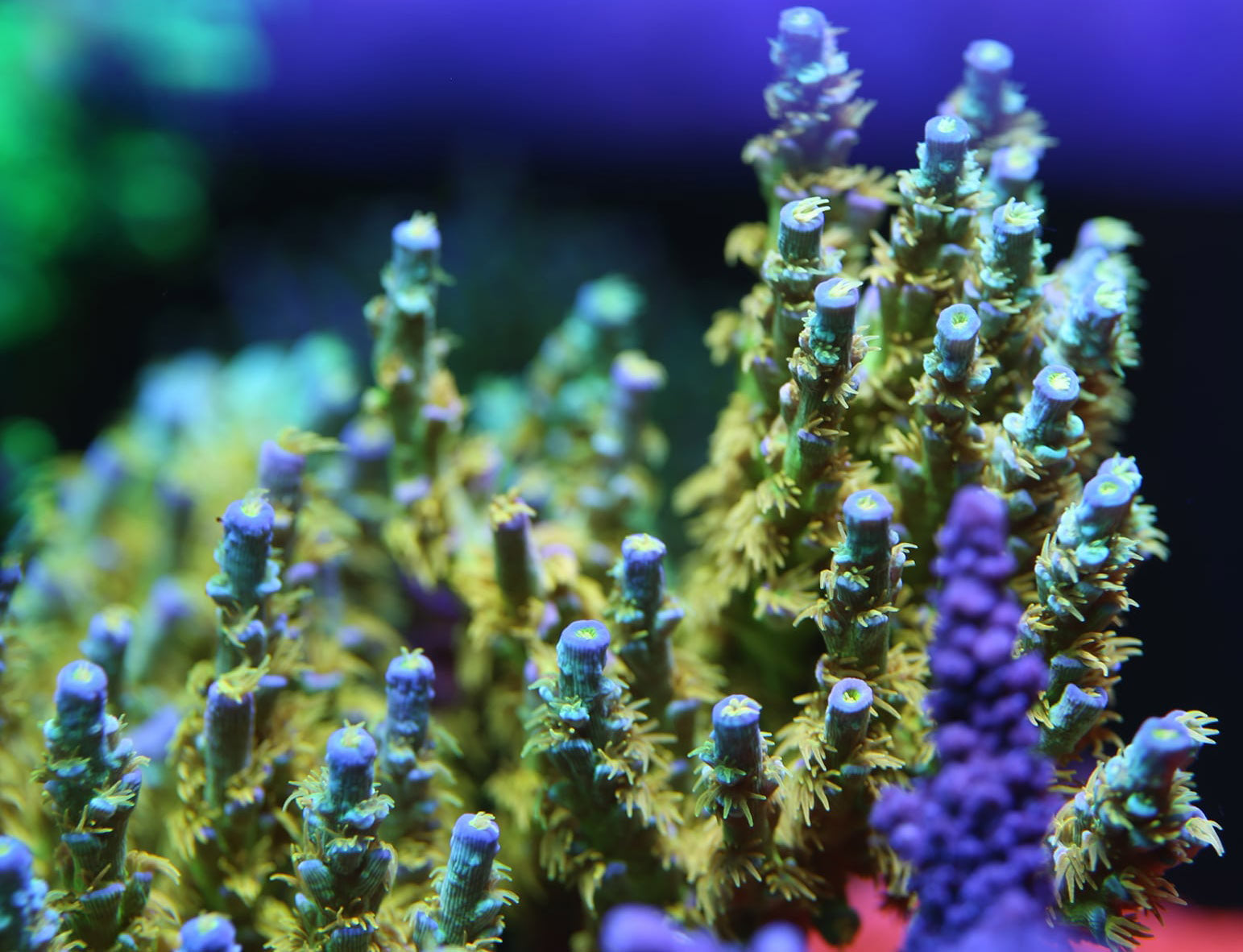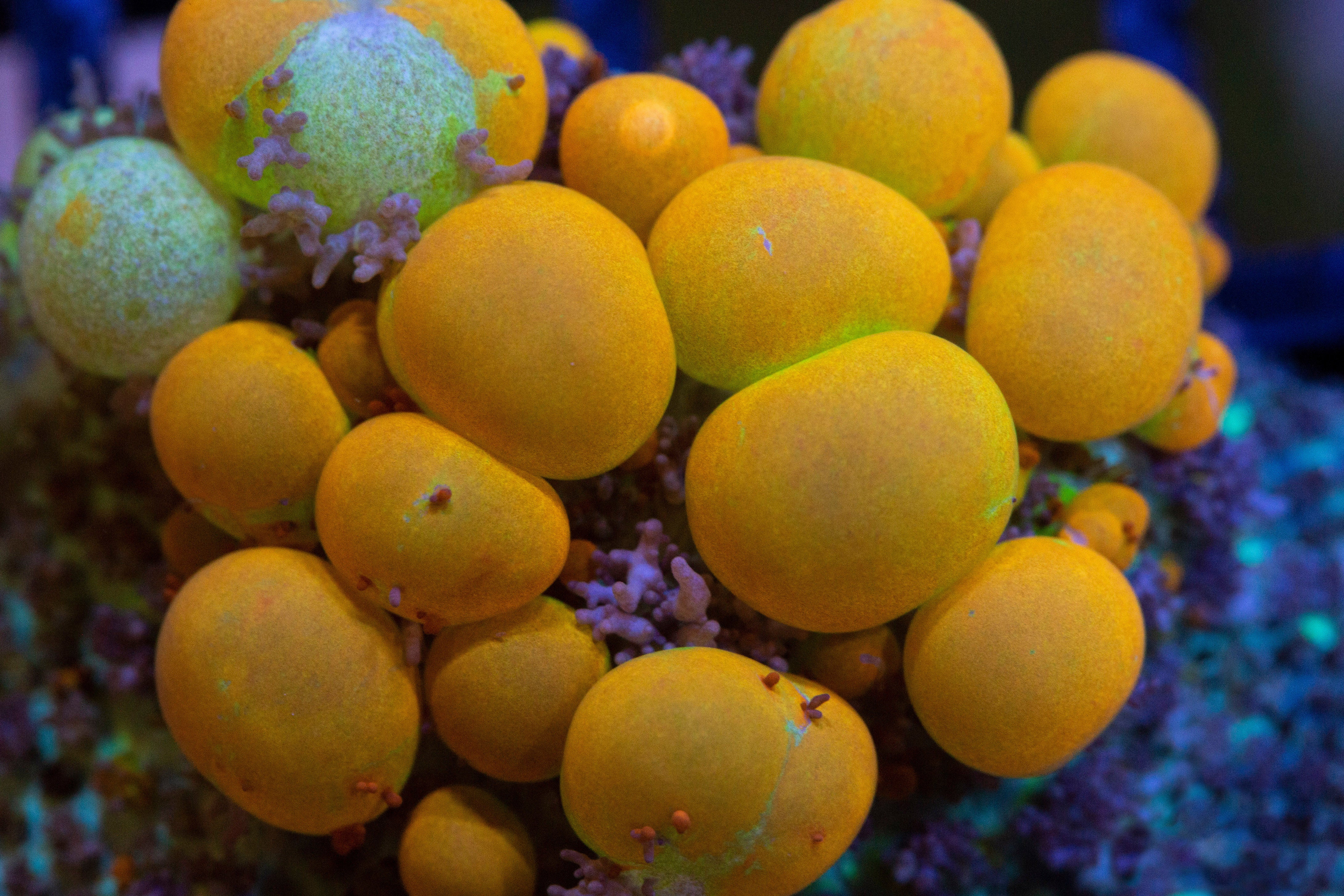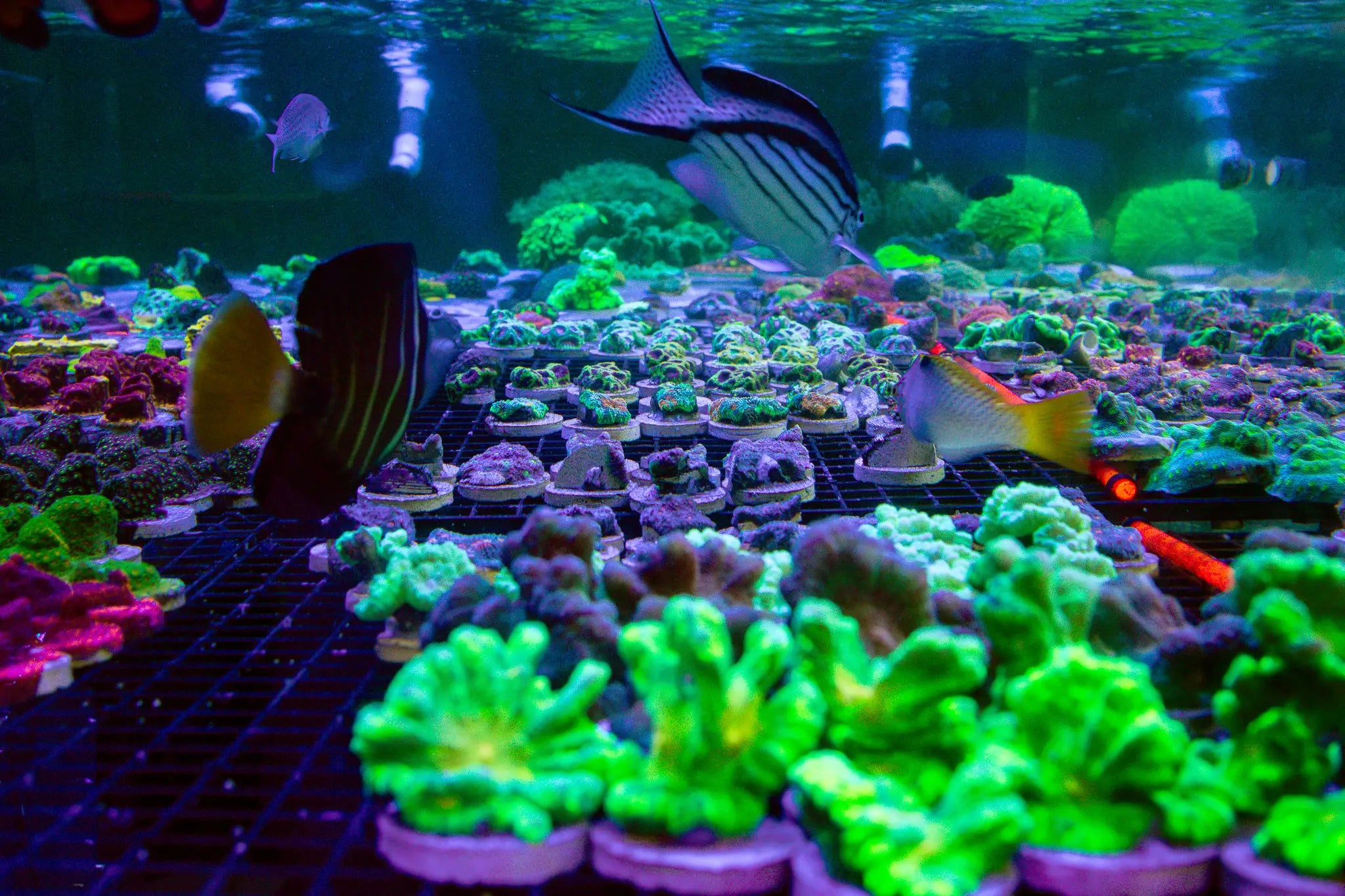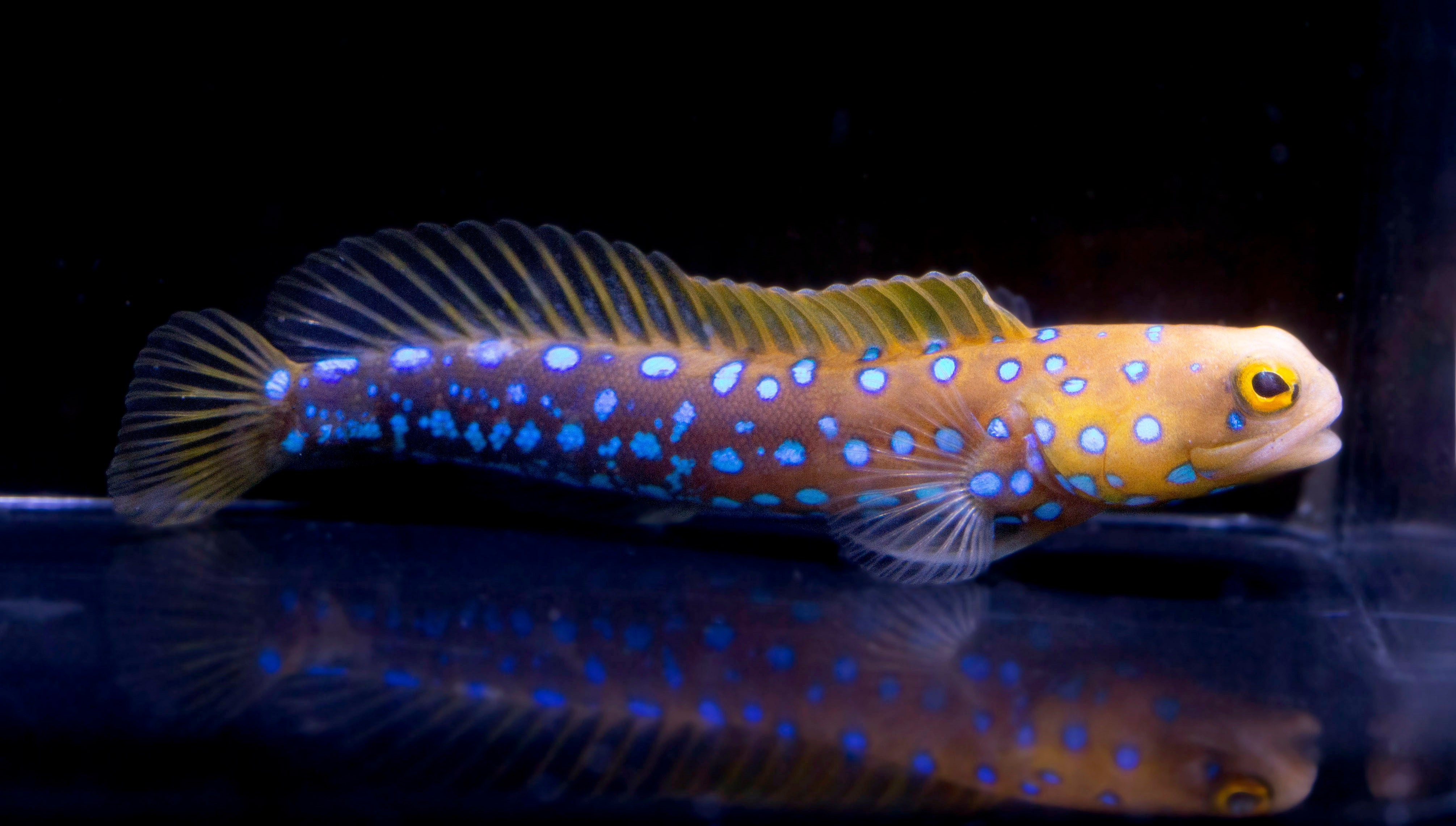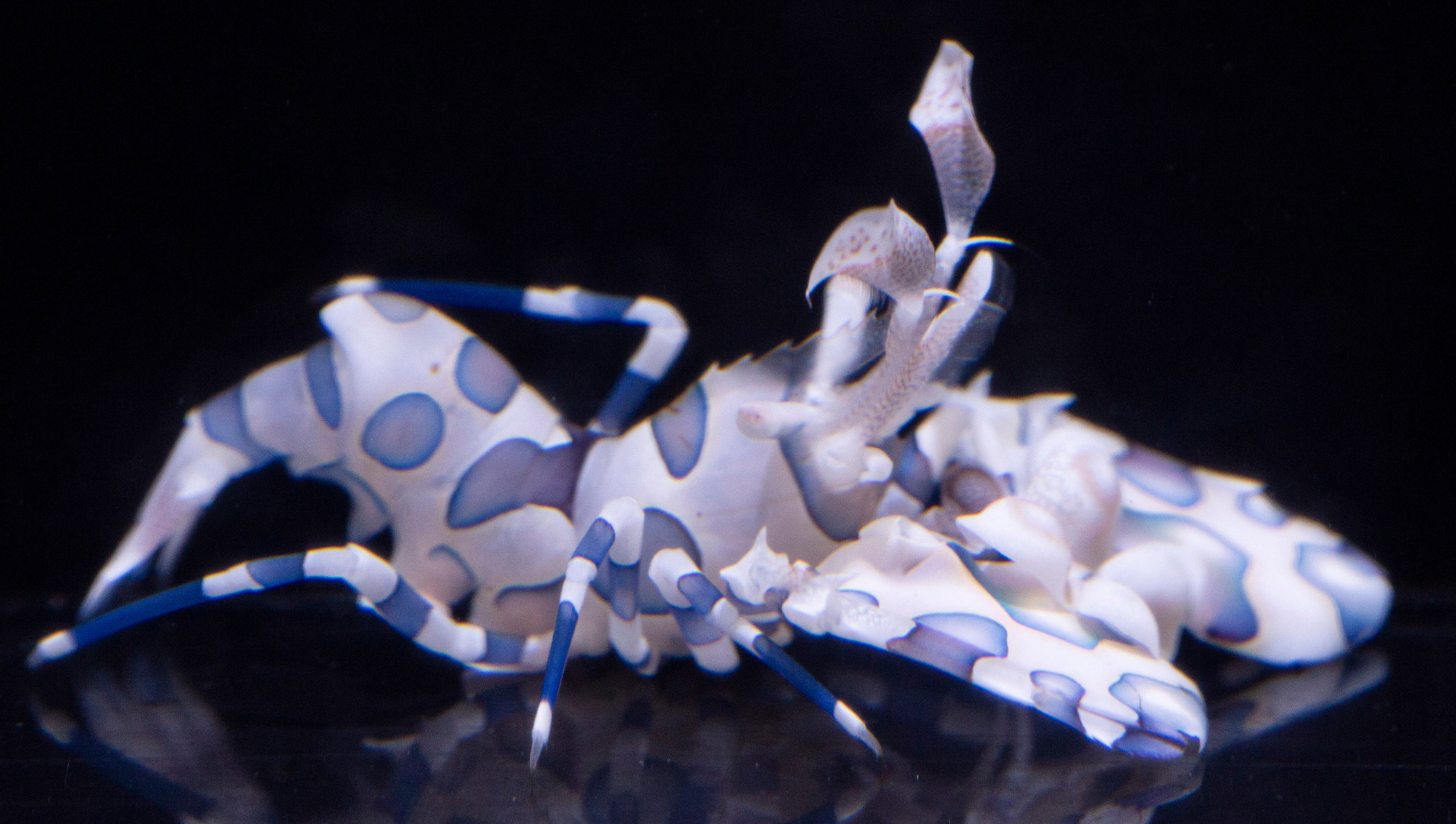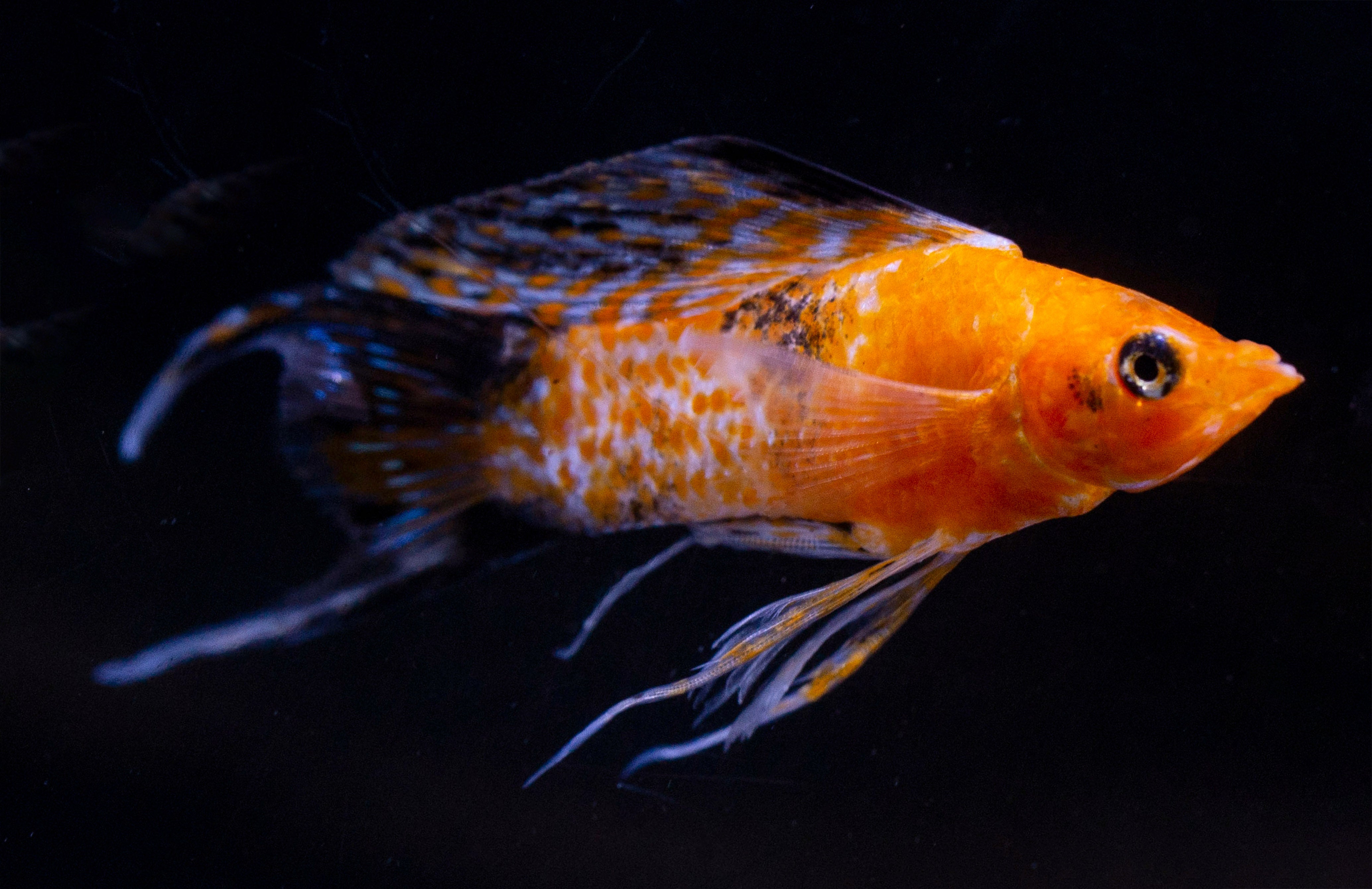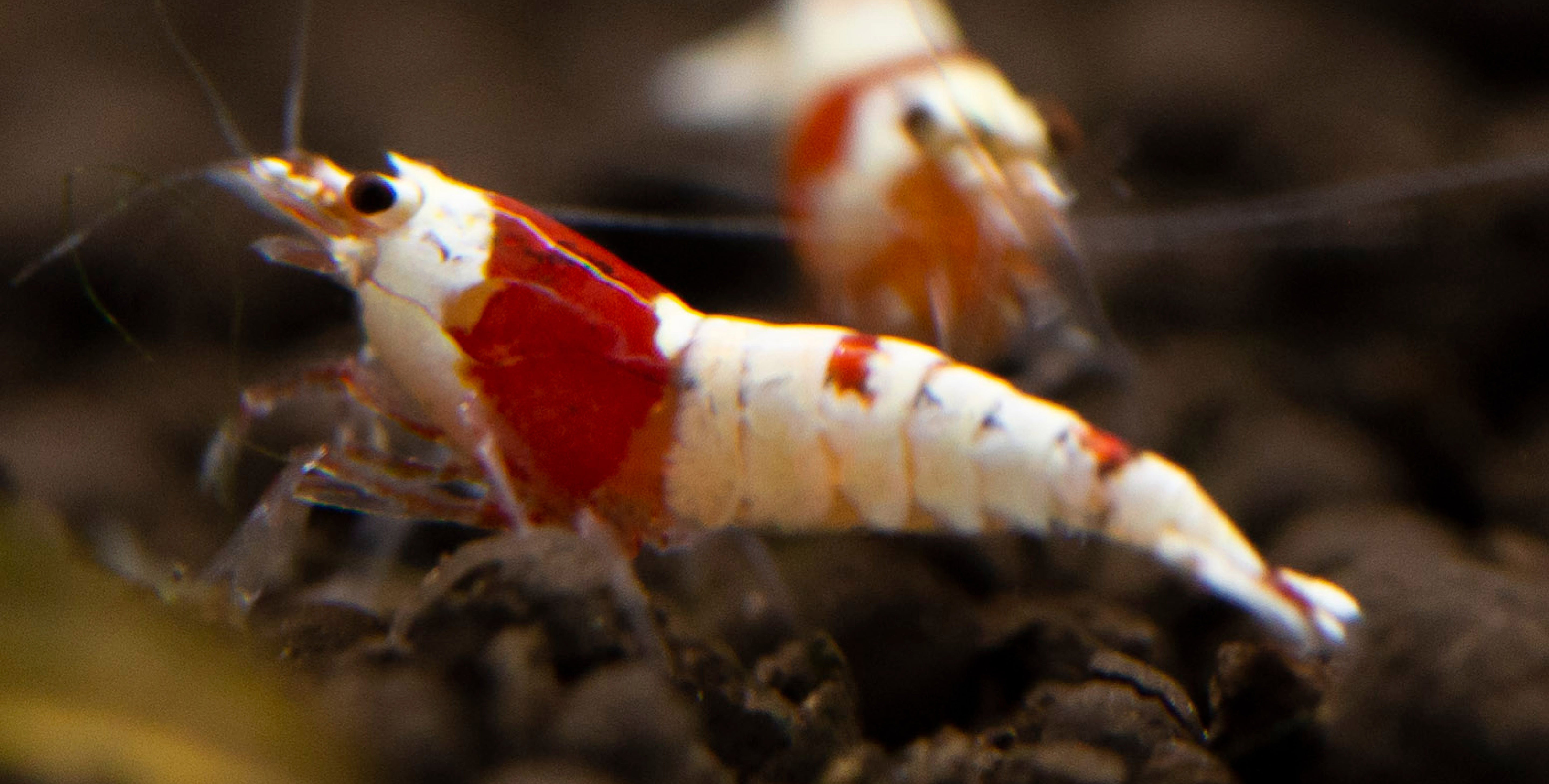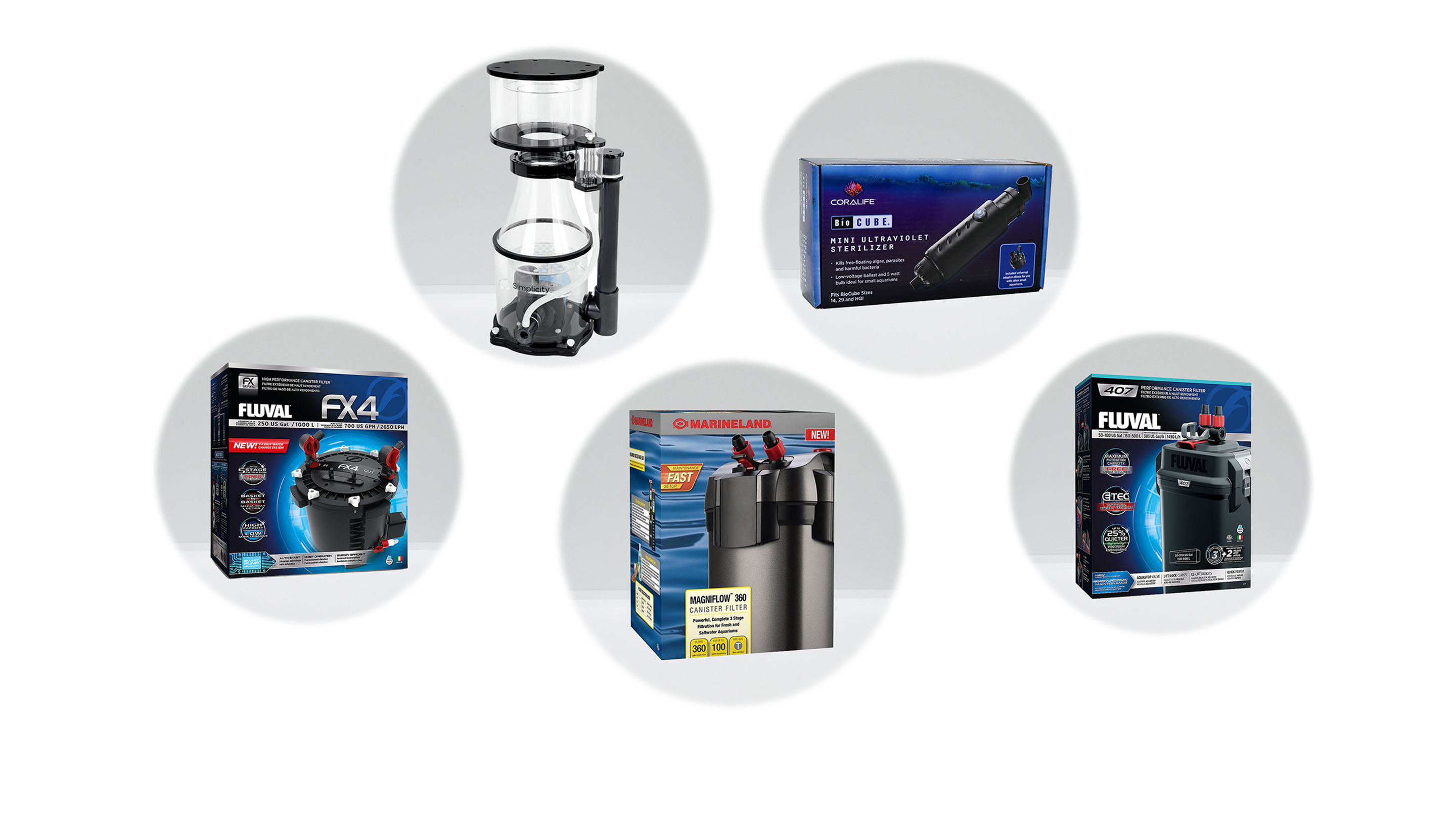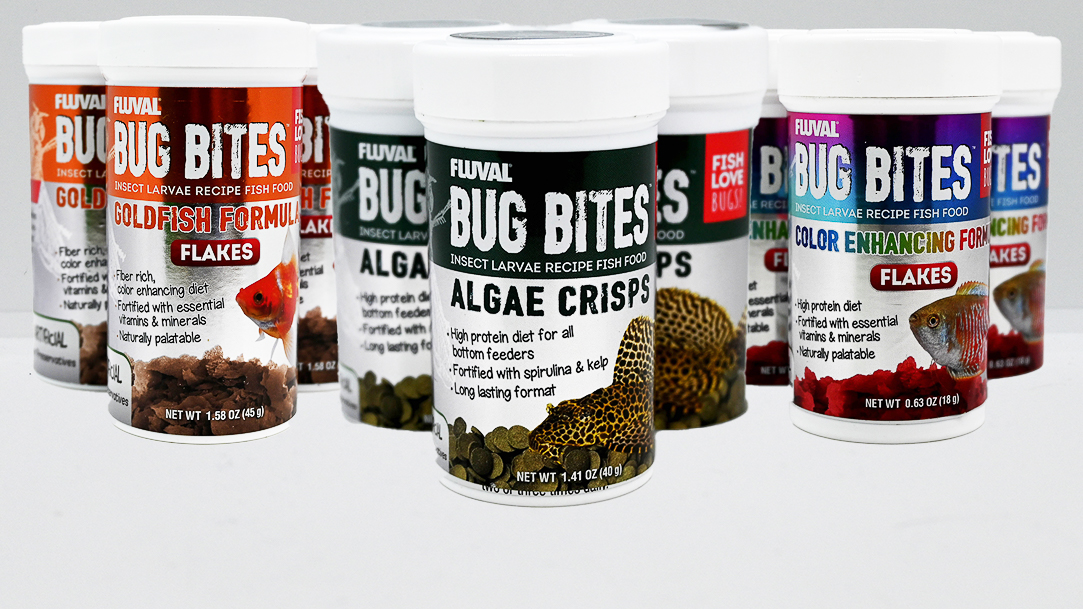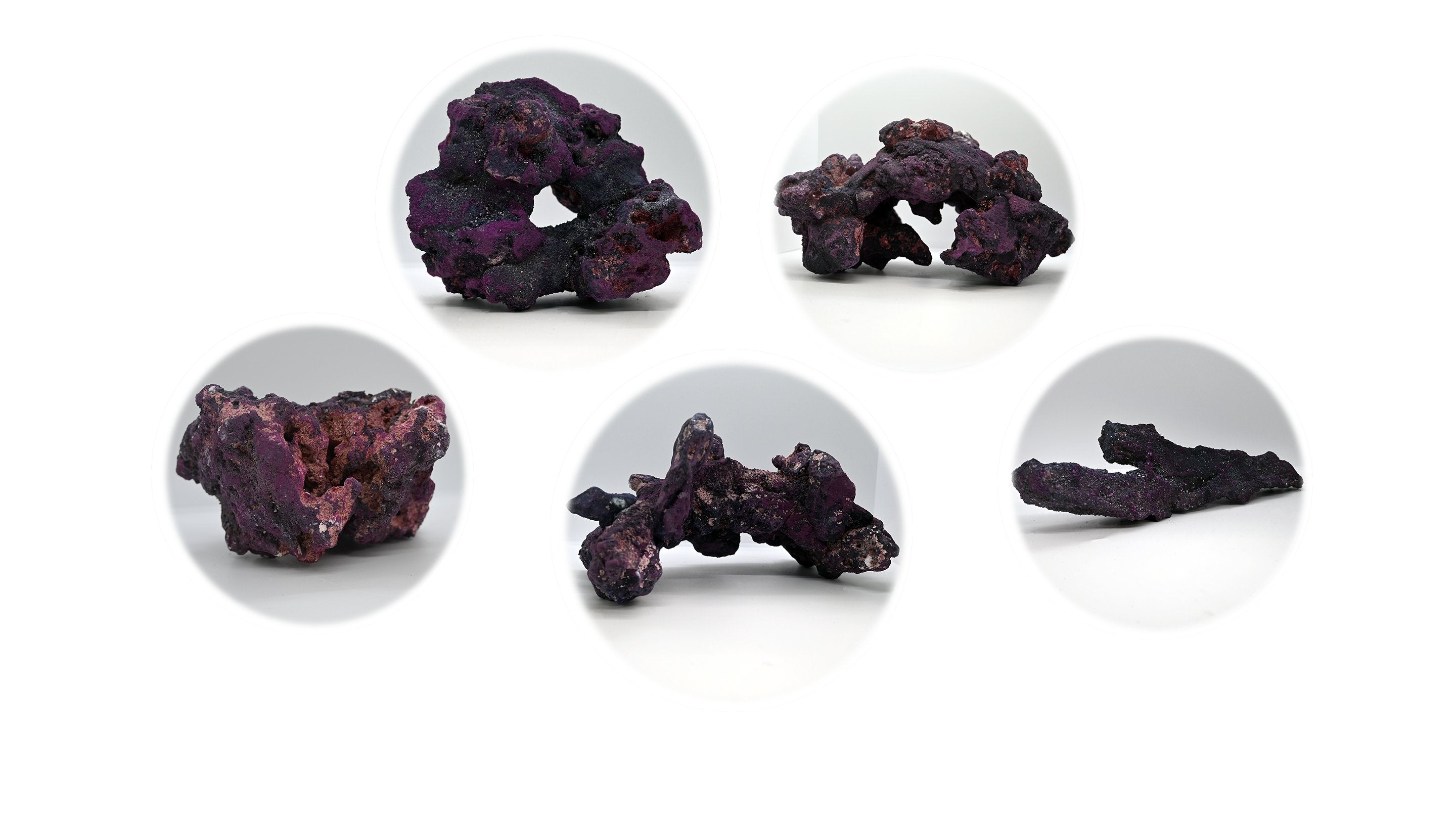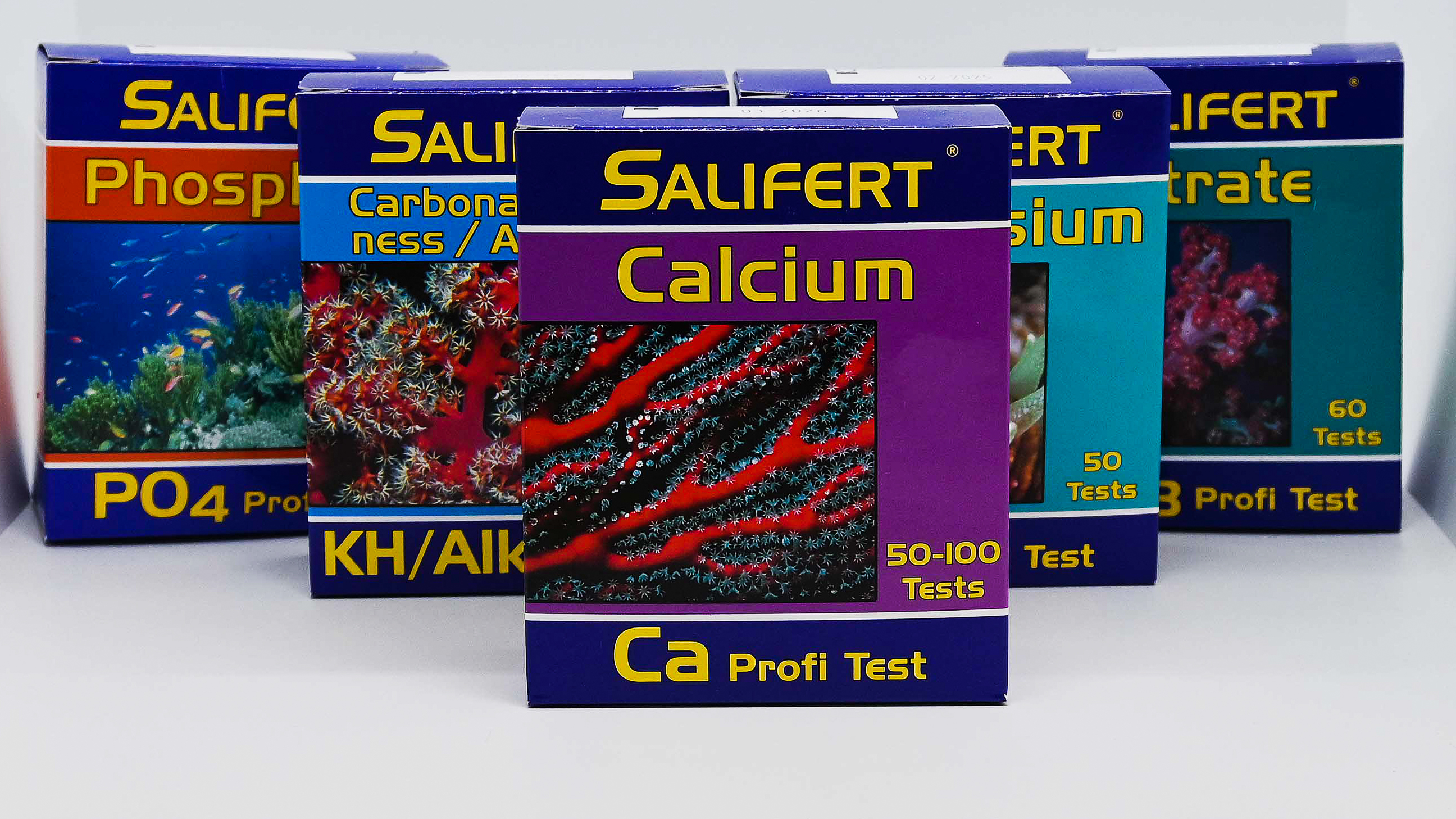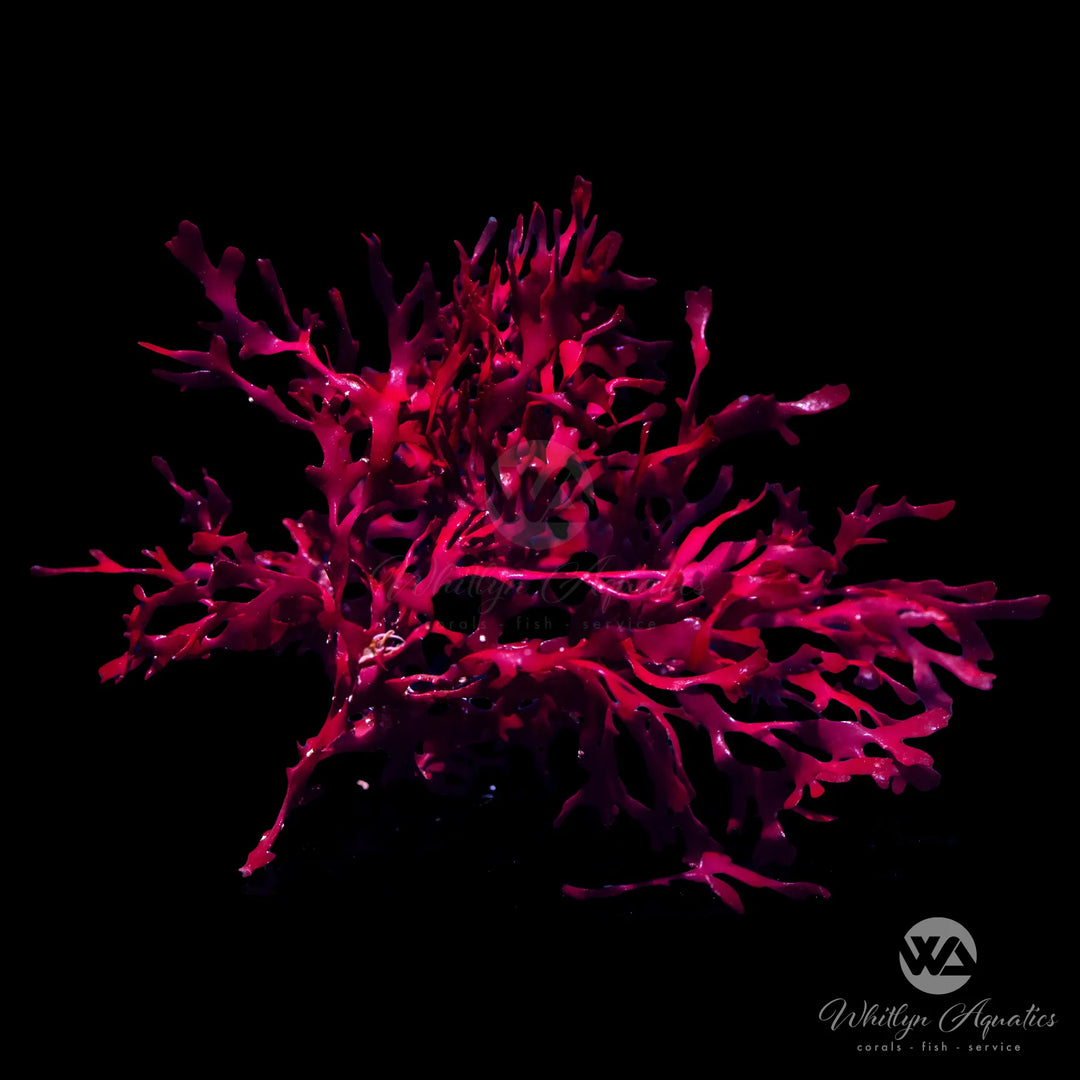
Red Pom Pom Gracilaria Macroalgae
- In stock, ready to ship
- Backordered, shipping soon
Red Pom Pom Gracilaria is a highly desirable macroalgae for saltwater aquariums due to its rich red coloration and functionality. This type of macroalgae not only enhances the aesthetic appeal of marine tanks but also serves as a beneficial addition by promoting water quality and providing food for certain marine species.
Description:
• Common Name: Red Pom Pom Gracilaria
• Scientific Name: Gracilaria hayi (or related species)
• Coloration: Deep red to burgundy with a bushy, pom-pom-like appearance.
• Texture: Soft and flexible with branching growth.
Native Region:
Commonly found in tropical and subtropical marine environments, often in areas with moderate water movement.
Aquarium Setup:
• Tank Size: Can be incorporated into tanks of any size, suitable for refugiums or display tanks.
• Lighting Requirements: Moderate to high lighting to encourage robust growth.
• Flow Requirements: Prefers moderate water movement to prevent detritus buildup on the algae.
Water Parameters:
• Temperature: 72-78°F (22-26°C)
• pH: 8.1-8.4
• Salinity: 1.023-1.025 specific gravity
• Nutrients: Thrives with sufficient nitrates and phosphates; benefits from supplemental iron and trace elements.
Care Level:
• Difficulty: Easy to moderate; adaptable to various water conditions but grows best with stable parameters and good lighting.
• Growth Rate: Moderate; can be pruned as needed to maintain shape and prevent overgrowth.
• Placement: Can be placed in refugiums for nutrient export or displayed in the main tank for aesthetic purposes.
Benefits:
• Nutrient Export: Absorbs nitrates and phosphates, helping to reduce unwanted algae growth and maintain water quality.
• Herbivore Food Source: Provides a natural and nutritious food source for tangs, rabbitfish, and other herbivorous marine fish.
• Aesthetic Appeal: Adds a vibrant splash of color and texture to the aquarium landscape.
Additional Tips:
• Compatibility: Safe for use in both fish-only and reef tanks.
• Propagation: Can be propagated by splitting and attaching to a substrate or rock with a rubber band or glue until it attaches naturally.
Size will be roughly 3-4"


